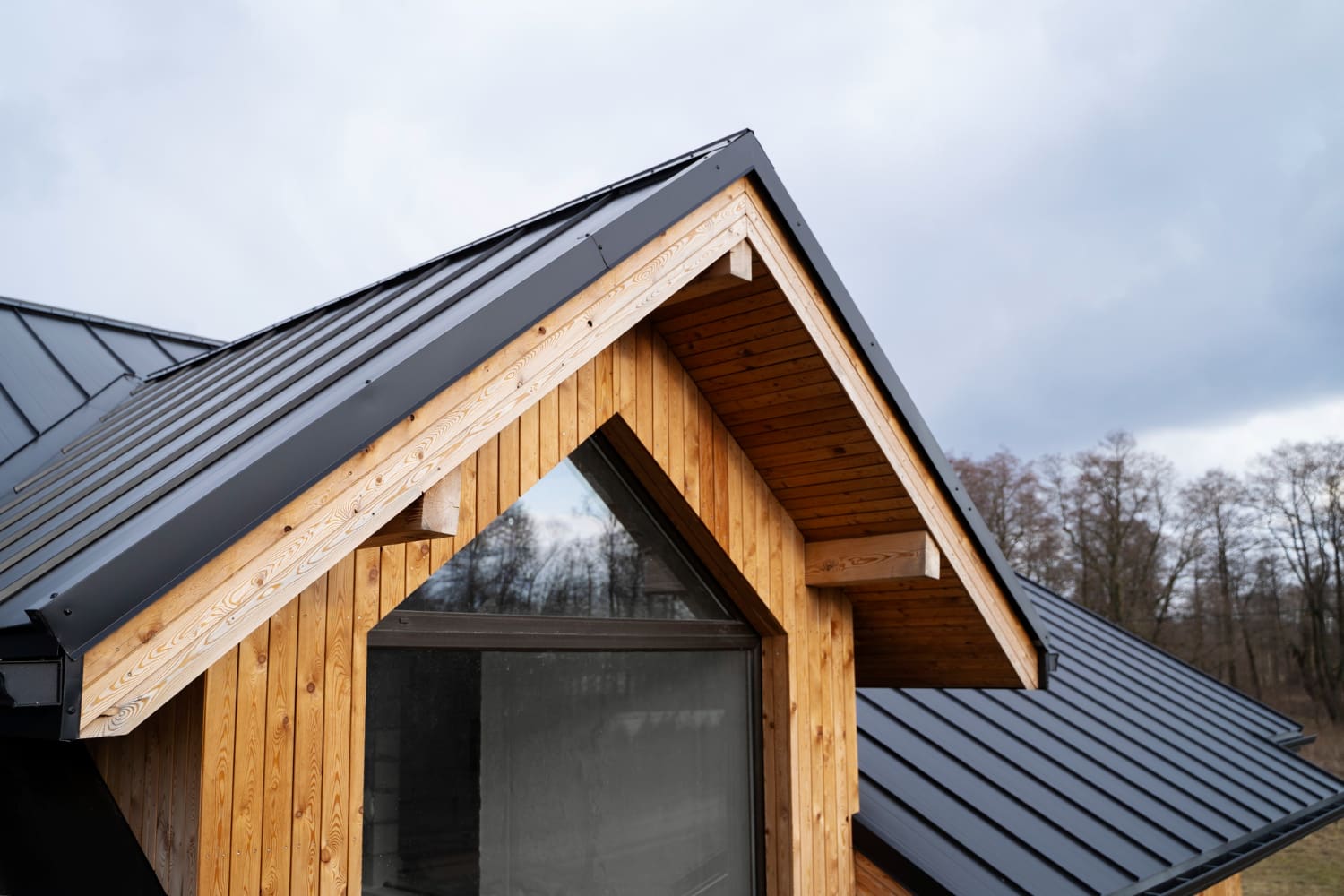Wood Staining Explained: How It Enhances and Protects Your Home

Wood gives a natural look and a down-to-earth feel to any home. Whether it’s a warm-toned entry door or a backyard deck with lots of personality, wood brings its own kind of beauty. But if it’s left unprotected, it can wear down sooner than expected. That’s especially true in places like southern Louisiana, where heavy rain and damp air stick around most of the year.
With colder and wetter months coming, now is a smart time to get ahead of the damage. In this guide on wood staining explained, we show not just how stains change the look of wood, but how they help it hold up over time. From indoor trim to outdoor siding, knowing why and where to stain can make a big difference in the look and life of your home’s exterior wood surfaces.
What Wood Stain Really Does
When you hear the word “stain,” you might think it’s just for color. But staining wood actually works as a kind of shield. Unlike paint, which sits on the surface and covers up the grain, stain soaks deep into the wood. This lets the texture and lines still show while adding rich color and stronger protection.
Wood stain comes in a range of tones, from barely-there clears to dark colors that highlight contrast. You can choose how much of the original wood you want to show while still giving it a boost that keeps moisture and sunlight from soaking in or wearing it down.
In places like Baton Rouge, where rainstorms and sunny days take turns all year long, stain protects wood in ways ordinary sealers can’t. It helps resist swelling, shrinking, and fading caused by those back-and-forth weather changes. That’s why it’s one of the best tricks for keeping natural wood looking and working its best.
The Key Benefits of Staining Wood
Staining does more than improve looks. One of the biggest benefits of wood staining is how it brings out the soft detail in wood without hiding its shape. Unlike paint, which covers things up, stain lets the design and texture of the wood show through.
It also stands up better against wear and tear. When the moisture in the air changes, wood moves. Over time, that movement can cause painted surfaces to chip or peel. Stain does a better job of adjusting with the wood instead of cracking when conditions change.
Here’s why stained wood tends to last longer with less upkeep:
- It’s easier to touch up small worn areas without full removal or sanding.
- It’s less likely to peel or blister in heavy sunlight or humid settings.
- It helps block water from getting into deep cracks or seams, which can lead to soft spots or early rot.
When colder or wetter months hit Baton Rouge and surrounding towns, fall exterior painting and staining prevention can help protect wood before the weather turns rough.
Where Staining Makes the Biggest Impact
Some spots in your home put wood on full display—inside and out. That’s where stain can really shine.
Indoors, stain is great on:
- Kitchen cabinets
- Interior doors and door frames
- Baseboards, window trim, and ceiling beams
- Built-ins like shelves or mantels
Outdoors, the right stain really matters on:
- Decks and porches that face rain and sun
- Fences and gates that sit near grass or soil
- Exterior shutters or wood siding in humid spots
In towns like Prairieville or Denham Springs, we see a lot of homeowners opting for stains on outside wood because of Louisiana’s high moisture levels. Not just for looks, but because it slows down the aging and graying that untreated wood picks up so fast in our southern climate.
Wood Stain vs. Other Finish Options
When it comes to finishing wood surfaces, many homeowners ask whether staining or painting makes more sense. Both have their place, but the longer you live with them, the more stain shows its value.
Unlike clear sealers that only protect without adding color, stain offers a double benefit. You get color and style, plus a layer of defense. Paint, on the other hand, covers up the design and often blocks breathability. That can trap moisture and lead to quicker wear.
Compared to paint, wood stain:
- Keeps the look of real wood while giving it more depth
- Moves with the wood during seasonal changes, reducing cracks
- Doesn’t peel, making upkeep simpler and faster
- Absorbs into the surface instead of building a thick coat on top
When we look at the difference between wood staining vs painting, stain is often the better match for outdoor surfaces, aged lumber, or places where you want a natural feel that lasts.
Tips for Choosing the Right Stain
Picking the best stain takes a little thought, especially when you want it to last in a hot, humid place like Baton Rouge. Since different woods take in stain differently, it helps to start with a goal in mind.
Think about these three tips before choosing:
- Let the wood grain show. Lighter stains highlight texture. Darker stains add contrast and can make spaces feel more relaxed or grounded.
- Semi-transparent stains are often the smart in-between. They show natural lines without going too light on coverage or too heavy like paint.
- For outdoor projects in humid zones, go for stain products that are made to stop mold and mildew. These keep surfaces from breaking down as fast, even in damp weather.
If you’re also repainting or redesigning the room, staining choices can complement other updates like updated wall colors or choosing the perfect paint color to bring balance across different rooms.
Choosing the right match means your surfaces not only start off strong, but also hold up through rain, sun, and wear seasons ahead.
Protect Now, Enjoy Longer: Why Staining Matters
Wood staining does more than just change the color of a board or surface. It locks in the unique lines and tones that make your home feel warm and personal, while keeping rough weather and time from wearing them down too fast.
When done right, stain becomes part of the wood—not just something sitting on top. So whether it’s a set of kitchen cabinets you love or your backyard deck that gets plenty of attention in the spring, stain helps those areas stay solid and looking freshly finished, no matter what the season brings next.
Getting ahead now, before the damp winter months roll in, can make the difference between wood that weathers well and wood that breaks down before its time. For those of us in southern Louisiana, where moisture is always part of the picture, taking steps to protect now means fewer problems and better-looking wood all year.
We help homeowners across Baton Rouge and nearby towns give their fences, trim, and cabinets a smoother, longer-lasting finish that holds up in Louisiana’s weather. If you’ve been thinking about protecting your wood surfaces with a quality treatment that brings out the grain, contact us today to schedule your estimate.

